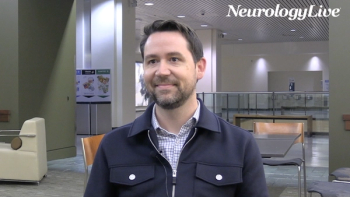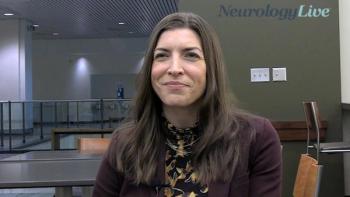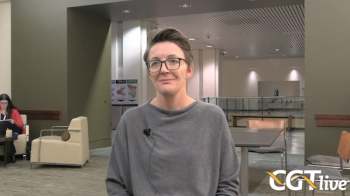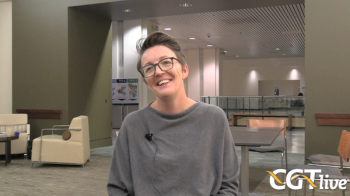
Rebecca Ahrens-Nicklas, MD, PhD; and Kiran Musunuru, MD, PhD, MPH, ML, MRA, on Treating CPS1 Deficiency With Personalized Gene Editing
The physician-scientists at CHOP discussed an n-of-1 clinical trial for a CRISPR gene-editing strategy.
“Something worth emphasizing again is that this was a truly personalized therapy... This drug was made for one patient, this one kid with this very, very, bad urea cycle disorder, and it's tuned to his mutation to correct his mutation. As such, this drug is only for him. It won't actually work for anyone else because nobody else shares that particular mutation. It’s truly n-of-1...”
On May 15, 2025, Children’s Hospital of Philadelphia (CHOP), announced that it had successfully treated a child, named KJ, in an n-of-1 clinical trial for a personalized CRISPR-based gene editing therapy intended to treat KJ’s severe carbamoyl phosphate synthetase 1 (CPS1) deficiency.1 He received the therapy in February 2025 at between 6 and 7 months of age. The child’s case was detailed in newly published paper in The New England Journal of Medicine entitled “Patient-specific in vivo gene editing to treat a rare genetic disease” and a presentation at
On the conference floor at ASGCT, CGTLive® sat down with 2 of the paper’s authors, Kiran Musunuru, MD, PhD, a physician-scientist and Barry J. Gertz Professor for translational research in the Perelman School of Medicine at the University of Pennsylvania and CHOP and Rebecca Ahrens-Nicklas, MD, PhD, a physician-scientist and director of the Gene Therapy for Inherited Metabolic Disorders Frontier Program at CHOP, to discuss the news. Ahrens-Nicklas gave some background context about CPS1 deficiency, which is an ultra-rare, life-threatening urea cycle disorder. She explained the devastating nature of the disease, which causes toxic ammonia buildup in newborns, sometimes leading to death within days. The patient in this study had the most severe form, prompting efforts to create a targeted therapy.
Musunuru, drawing on his work in gene editing for cardiovascular disease, noted that the approach used for KJ adapted existing technology to correct the child’s specific genetic mutation. Using a one-time intravenous infusion, the therapy delivered a gene editor to liver cells, aiming to repair the faulty gene. Though still early, Ahrens-Nicklas and Musunuru noted that the child has tolerated the treatment well and shown initial signs of improvement, such as better protein tolerance. They emphasized that this is a single-patient case, so broader conclusions are premature, but the early success in safety and early efficacy indicators offer hope for expanding personalized gene therapies in the future.
REFERENCES
1. World's first patient treated with personalized CRISPR gene editing therapy at Children’s Hospital of Philadelphia. News release. Children’s Hospital of Philadelphia. May 15, 2025. Accessed May 15, 2025.https://www.chop.edu/news/worlds-first-patient-treated-personalized-crispr-gene-editing-therapy-childrens-hospital
2. Musunuru K, Grandinette SA, Wang X, et al. Patient-specific in vivo gene editing to treat a rare genetic disease. The New England Journal of Medicine. May 15, 2025. Doi: 10.1056/NEJMoa2504747, LA.
Newsletter
Stay at the forefront of cutting-edge science with CGT—your direct line to expert insights, breakthrough data, and real-time coverage of the latest advancements in cell and gene therapy.










































